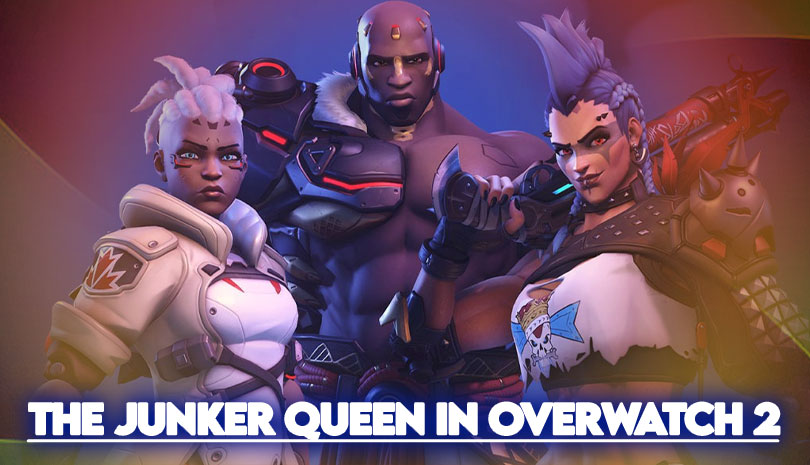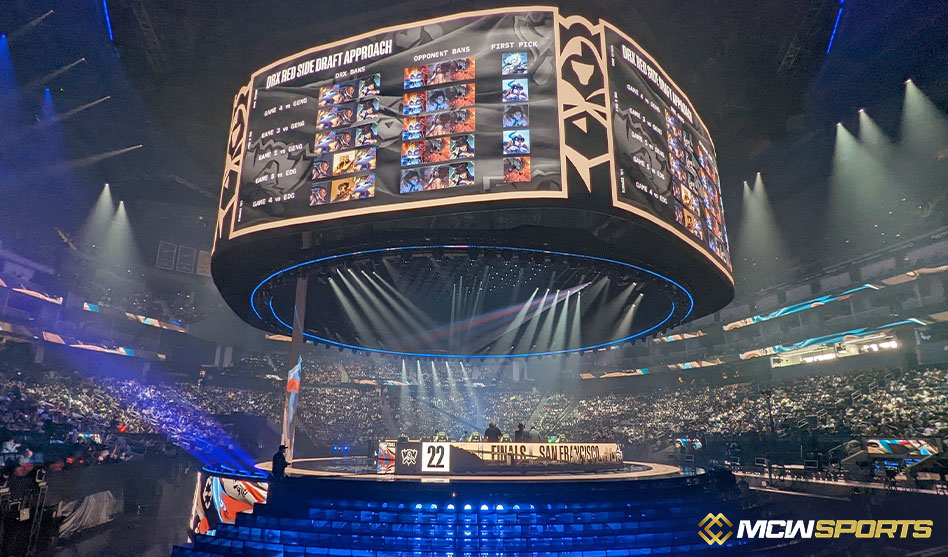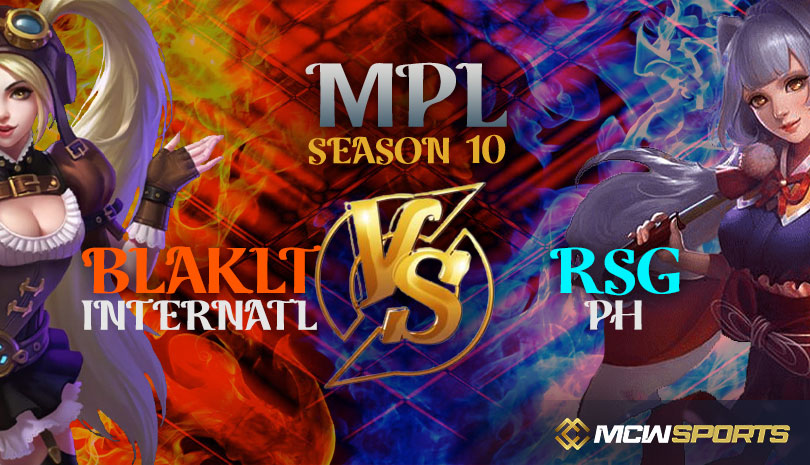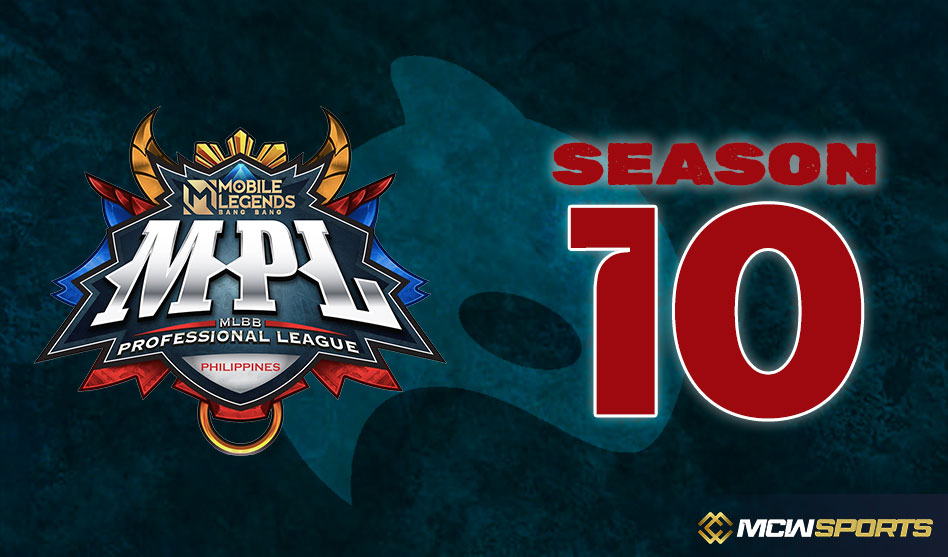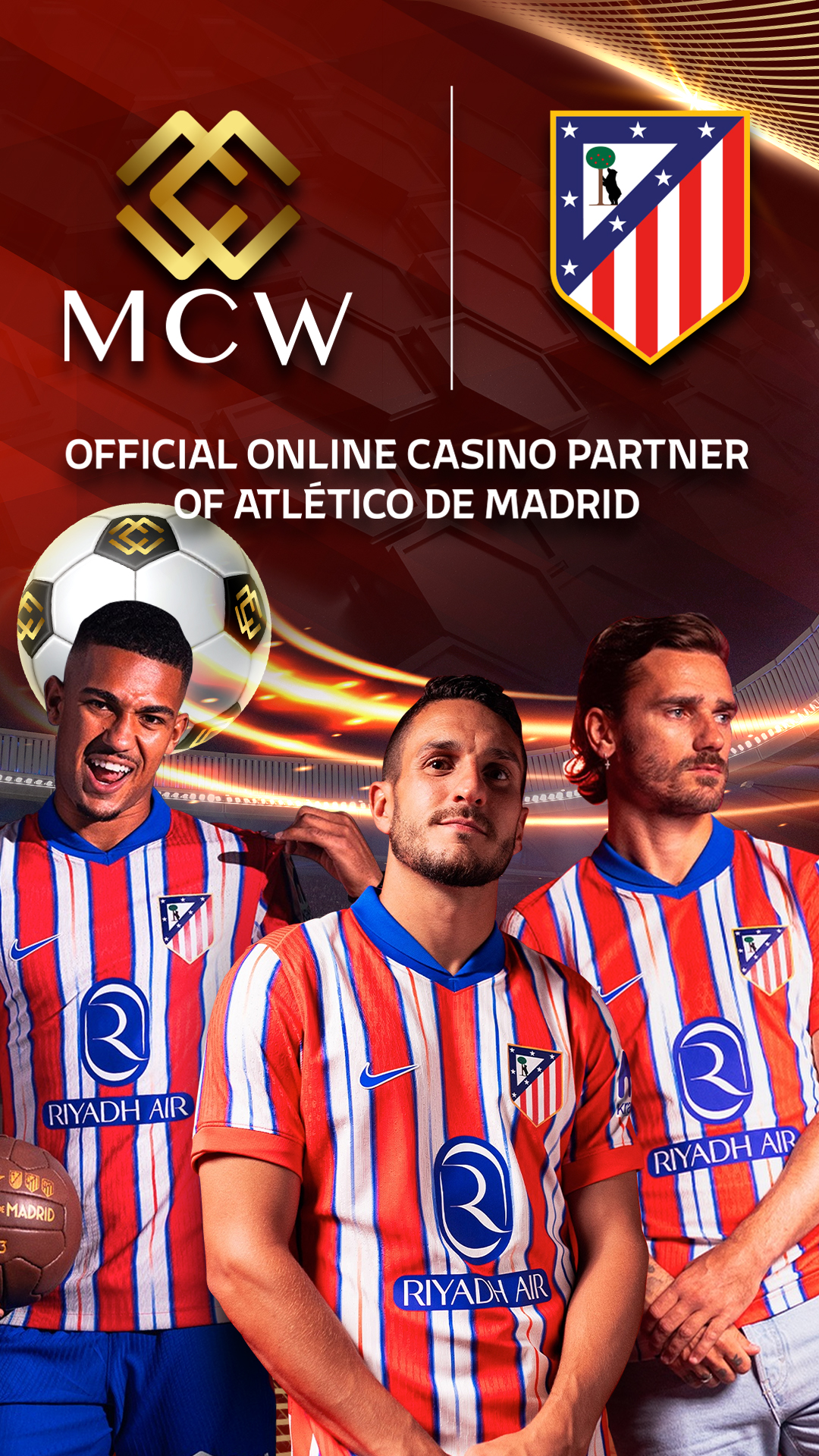This content has been archived. It may no longer be relevant
Players do not like the new hero modifications in Overwatch 2.
We’ve been playing a lot of Overwatch 2 over the past week as it enters its second closed beta. Junker Queen, a new playable Tank, and Paraiso, a new payload map, are both included in the beta. While all of these features appear to be entertaining so far, the beta also brought along a number of hero rebalancing tweaks, many of which have been detrimental. Let’s start with the fresh material.
An overview of Junker Queen
Meet the Junker Queen, also known as Odessa “Dez” Stone. For years, Junkertown’s ruler’s voice has been blaring from speakerphones, but this is the first time we’ve actually seen her in all her punk-rock splendor. The history of the Junker Queen is quite straightforward: when the previous monarch of Junkertown threw her family into the wilderness of post-apocalyptic Australia, she returned to usurp his reign. Her voice lines give the impression that even she is unsure of the cause she is defending because she doesn’t easily fit into any of Overwatch’s pre-existing factions.
The main unique feature of Junker Queen’s arsenal is that every one of her abilities triggers a brand-new state condition called Wound, which causes bleeding damage to enemies while also healing Junker Queen. She can stay in the fight longer thanks to this passive, but it’s not really reliable until you make your shots count. Her primary weapon is a six-shot close-range shotgun, and her backup weapon is a knife she may throw at foes before pulling them in with dubbed Gracie.
Carnage uses an axe to attack adversaries in a wide arc, but it only affects those who are right next to her. The armour and movement speed of teammates nearby are improved by the commanding shout. Rampage, her ultimate move, enables her to charge forward while spinning her axe to deliver damage. Most significantly, it momentarily disables foes’ ability to heal, which can be quite powerful if used correctly. If their access to healing is interrupted, not even Zenyatta can use his ultimate to save the entire squad.
What niche does she occupy?
An intriguing addition to the list is Junker Queen. She instantly exudes the new standard for Overwatch 2 tanks, but perhaps not in a positive way. In the follow-up, most Tanks have had their protective duties toned back in an effort to portray them more as brawlers, with just their enormous health pools and distinctive team-focused abilities standing between them and the Damage heroes at this point. Junker Queen is a prime example of how the sequel’s meta changed from the first game and would have worked better as Damage.
The focus of this hero’s ability kit appears to be on crowd management and survival. You can’t be killed and become a nuisance to the opposing team as long as you’re constantly inflicting harm and recovering. She can enhance her Commanding Shout in time for a huge fight if she is with a team, but it is best for her to deliver damage and draw attention away from her friends. Although she has a kit that is so focused on doing damage, she has a considerably greater skill ceiling than Sojourn. If you don’t use your throwable knife to stab someone, you’ve wasted the entirety of an ability that is now on cooldown. With adversaries, you must be near to them for your primary fire to be of any real use.
She also has a very, very unusual anti-healing ultimate. It can be incredibly frustrating to deal with in large teamfights, thus I can see it generating some kind of criticism akin to Brigitte’s previous Shield Bash. As the lone Tank on the team, it’s also one of her key selling features, therefore I don’t see Blizzard ever reducing or getting rid of it completely. Although she is not invincible and does not inflict a lot of damage, her anti-heal ult is a valuable tool in close combat. This takes us to those unsettling balance tweaks, which are also a real hardship for Support heroes to deal with.
No more guardian angel
Mercy is going through something right now, just like any teenager holed up in their room listening to Phoebe Bridgers in the middle of the afternoon. Guardian Angel is a crucial part of Mercy’s arsenal, allowing her to fly over great distances to a teammate in need of healing. Of all the modifications made in this beta, one stands out like a sore thumb, and I’ll quote the patch notes here: “automatically launches you upwards if you reach the end.” The ‘super jump’ that players could activate by leaping at the end of the ability is now fully automatic, sending them into the air whenever they are close to a teammate.
Really, why? It’s a perplexing adjustment. In theory, it makes it much simpler for Mercy players to move around during combat without being killed, but in fact, it really has the opposite effect. This modification makes it such that the resurrect is immediately cancelled the moment Mercy takes off into the air if you are trying to zip to a teammate to revive them. Where is your Superjump going to land you, even if you are aiming to fly to a teammate so that you may cure them? The modification of the ability has made it unpredictable and awkward to utilize, adding even more turmoil to the sequel’s already chaotic battle meta.
Prior to the October introduction of PvP, the current state of the supports must be improved. Although it’s encouraging to see more players gravitate toward tanks in the beta, queue times for all hero classes except support are appalling. Playing Damage or Tank can take up to 10 minutes, whereas playing Support just takes 20 seconds. Who can blame the players who no longer wish to take on this role? Playing support is a never-ending loop of entering battle and dying right away, with no tanks to shield you and limited chances to deliver damage to the enemy. Nobody but masochists will be satisfied if the game releases with Support characters remaining in this state.
Fresh Map
It’s reasonable to assume that the Overwatch development team is skilled at creating engaging maps at this stage. The summer-themed map Paraiso features pastel-colored structures and a lively nightlife. It is based in Lucio’s hometown of Rio de Janeiro. This is a hybrid map, therefore in order to get to the final objective, which is Club Sinestesia, players must first capture a point.
This is a fairly entertaining map that has a much more well-rounded design than many of the other payload maps that have been provided. Take the game Dorado, where you must convey a payload over winding country roads before coming across a gigantic futuristic ziggurat that seems hilariously out of place with the rest of the town’s architecture. Everything moves well around here. Defenders begin at a sweet little homemade football field before going through structures to reach a high area with bridges and tall structures that resembles Numbani. This is a welcome reduction in scale on the vertical axis of the battlefield, however some heroes can jump onto a few low roofs to keep the high ground. Fighting takes place at a distance, so you rarely stare into the sky for a sniper.
Overwatch 2 has so far succeeded in delivering with its maps and heroes. They’re all worth interacting with, but it’s evident that the sequel is having trouble satisfyingly reforming its meta. Hero reworks are proliferating, and while some of them succeed (Orisa is in excellent shape right now), others are less certain. Mercy merely needs to have all her recent adjustments undone, and Doomfist still doesn’t make any sense as a tank. Symmetra ought to have received a complete hero overhaul along the lines of Orisa, but in this latest beta, she has been severely nerfed. There is still time before the PvP launch, but will the development team have enough time to iron out these issues?

 English
English


